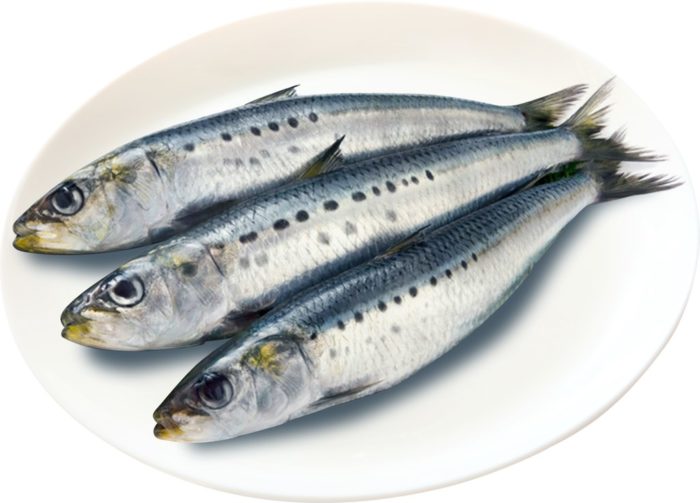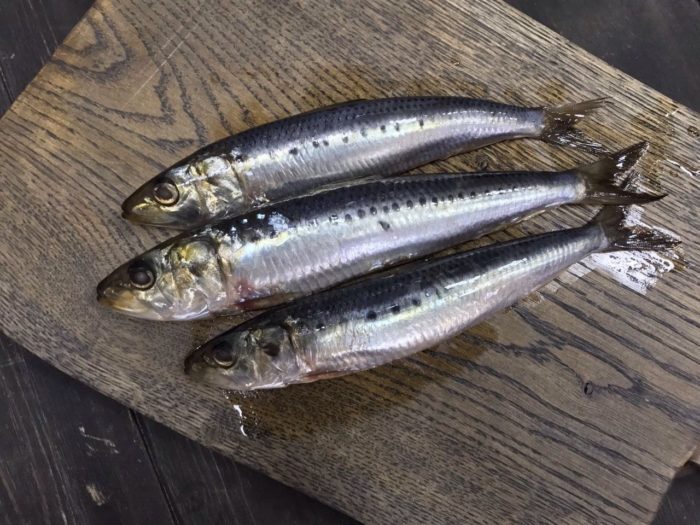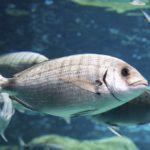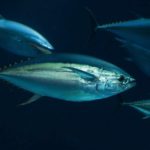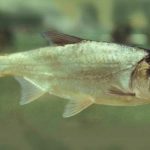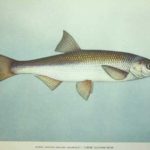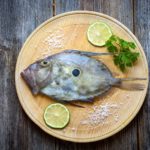Fatty and tender fish of the Primorsky region – ivashi, a favorite of Soviet citizens, which was absent from store shelves for a long time. It received its trade name due to its external resemblance to herring, and not at all because of its relationship with this fish. Let's get to know Iwashi in more detail to find out all its characteristics and taste.
Description of the fish
The Far Eastern sardine (Iwashi herring) has many names, but at the same time there are many conflicting opinions about its classification.For example, some authors do not distinguish the fish as a separate species, but consider it a subspecies of Sardinops sagax melanosticta. In fact, willow belongs to the genus Sardinops, which is in no way related to herring
Iwashi received its trade name due to its resemblance to herring-like fish and the Japanese word (iwashi, which means “sardine”).
Characteristics:
- small size. At the age of 4 years, it reaches a length of 20 cm. The weight is also insignificant - up to 100 grams;
- life expectancy – up to 8 years;
- silver-white color;
- dark spots are located in a row along the body;
- the caudal fin is forked, its back part is black;
- elongated body, laterally compressed;
- the dorsal fin has up to 21 soft rays.
How is it different from herring
Buying a sardine rather than a regular herring instead is easy if you know the main distinguishing features. Knowledgeable people believe that it is almost impossible to confuse these two marine representatives. Iwashi have dark spots along the entire body, which the herring does not have. If they are present, then there are only a few of them, and they are not so pronounced.
In addition, iwashi is smaller, it does not reach more than 20 cm in size, while the average size of herring varies around 30 cm.
Beneficial features
Iwashi is found in Primorye, as well as off the coasts of various countries, including South Korea, China, and Japan. Its internal pulp is juicy and fatty, due to which the pieces melt in the mouth.
In addition to taste, the natural product has a record omega-3 content: 100 g of fish contains 5.6 g. For comparison, herring contains 2.6 g. Scientists have also found that ivashi helps lower cholesterol levels, which has a positive effect on cardiovascular function. -vascular system.
Due to the fact that a quarter of fish is fat, proper processing is required. Transportation does not allow preserving the original appearance and consistency of the meat, so Iwasi starts cutting up directly at sea, immediately after catching.
In addition, this fish is also caught in a special way. They use a purse seine, which surrounds the iwasi on all sides. This allows you not to injure the sensitive carcass and preserve its beneficial properties. Even everyone’s favorite canned food from Iwashi is made at a naval base, where about 650 tons of the product are processed daily.
Where did the fish go in the USSR?
As experts note, now there are large stocks of fish in the sea, and their stocks are only growing every year. It is sold lightly salted, smoked, canned and frozen at sea on ships so that the buyer can salt it himself or fry it at home.
Earlier, during the years of the USSR, the favorite of Soviet citizens suddenly disappeared from store shelves. This happened between the 1920s and 1930s. There were rumors that its reserves were depleted, that the species had become extinct. The disappearance of the iwasi was associated with its movement to the northern part of the South China Sea. Once every few decades, flocks migrate, which was the reason for its disappearance.
It turns out that Iwasi did not die out. She swam closer to Japan for 20 years, and since the country was closed during the USSR, catching it was difficult. In a couple of years, the fish will again move to the shores of other countries, but for now it is impossible to predict how this will affect the spread of squid in Russia.
How to choose fish
The main thing in Iwashi is freshness. It is not difficult to determine. The carcass should be elastic, with tightly fitting scales. Flabby pulp, peeling scales and an unpleasant odor are sure signs of a spoiled product.If the iwasi smells like ammonia or swamp, then under no circumstances should you buy it. The chance of getting poisoned is very high
You can check the freshness of Iwashi before purchasing. It is necessary to press on the back of the fish. If a dent remains, it is better to refuse the purchase.
How to eat it correctly
The seafood product is amenable to any type of processing. It can be:
- pickle;
- marinate;
- stew;
- fry;
- bake;
- boil.
All parts of the fish are edible and are not dangerous. The tender pulp is combined with sauces prepared on the basis of mayonnaise and boiled eggs. And since it has a characteristic bright taste, green peas, onions, and sweet and sour apples are suitable as a contrasting addition. There are enough bones, like herring, but they are all large and easy to remove.
Those products that do not have their own distinct taste are suitable as a side dish. These are boiled root vegetables - beets, potatoes, carrots. If you want to experiment, then combine the dish with avocado and sour berries.
In Japan, a whole culture of consumption of this fish has already formed. Unlike Russians, the people of this country prefer fried iwasi. Cutlets, rolls, snacks are prepared from the seafood product, or simply fried with oil.
Everyone can eat fish based on their own tastes. In any form, iwasi will retain its original juiciness and tenderness.

